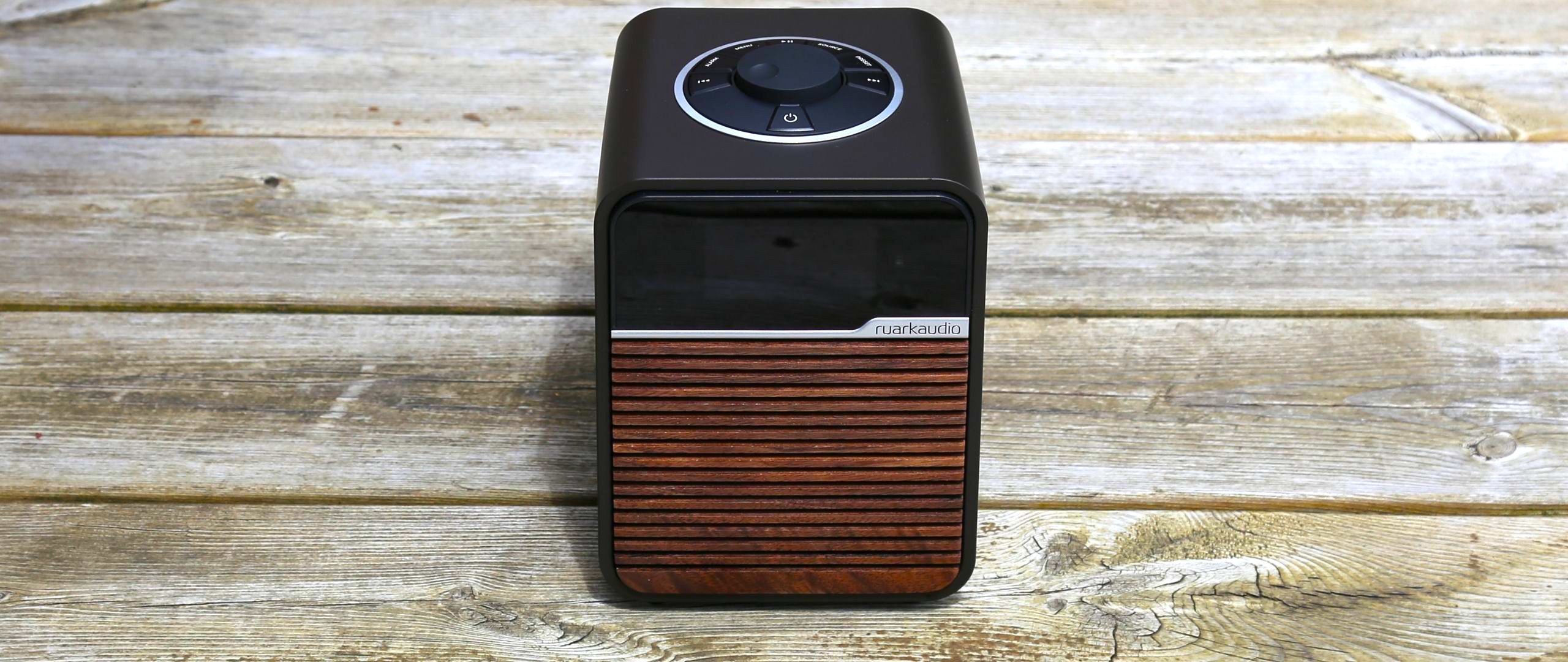TechRadar Verdict
The latest incarnation of the Ruark R1 is a great-sounding and versatile all-in-one that will work anywhere in the home. Its auto-dimming OLED display makes it perfect for the bedside table, though Bluetooth streaming is mixed.
Pros
- +
Warm, precise, bassy sound
- +
OLED display with auto-dimming
- +
USB-C charges all devices
Cons
- -
No stereo sound
- -
Bluetooth streaming lacks volume
- -
Remote control costs extra
Why you can trust TechRadar
One minute review
Are you after the best-sounding small DAB radio? Designed for kitchens, bookshelves and bedside tables, the stylish and solid R1 Mk4 radio from British audio brand Ruark Audio easily ranks as one of the best DAB radios judged on sound, style and usability.
Equipped with a 9W digital amplifier and able to go up to high volumes hiss-free, it tunes-in DAB, DAB+ and FM radio stations, it’s got a USB-C slot for recharging smartphones and it has Bluetooth to stream from a smartphone.
That last feature comes with caveats, but the feature-set never misses a beat. There are alarms, adjustable EQ settings, a high-contrast OLED display that for once doesn’t flood a bedroom with unwanted light, and a RotoDial that makes it easy to navigate lists of radio stations and other menu options.
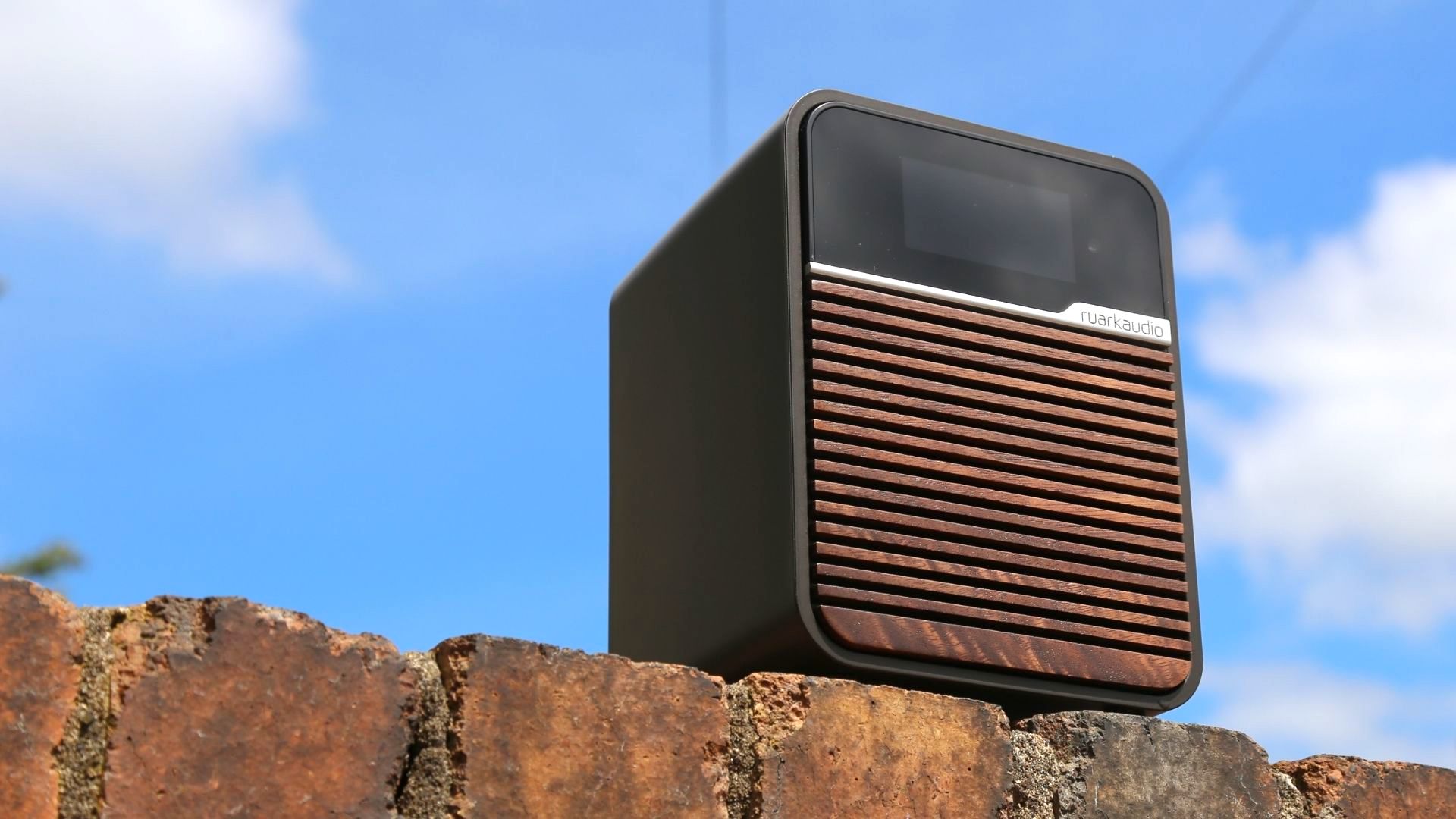
Where the R1 really impresses is on the quality of voice. We’re talking lush, warm, yet precise and powerful spoken word. There’s also plenty of bass response for music, and although it’s only got a mono speaker it supplies small enclosed spaces with great-sounding music. Bluetooth streaming works easily enough, but it lacks volume and, unless you use AAC files, can sound rather flat.
Still, if you’re after the best-sounding, best-looking DAB radio with the best build quality, stop looking – this is it.
Ruark Audio R1 Mk4 price and availability
- Out now
- Costs £229.99
The Ruark Audio R1 has been around since 2006, albeit then sold under the brand Vita Audio. In that time it has gone through four iterations (along the way adding new features like Bluetooth connectivity and DAB+ compatibility), the latest of which debuted in late 2020. It’s sold for £229.99 on the Ruark Audio website and by myriad high street and online retailers. A remote control, £15, for the R1 Mk4 is also available, as is a battery pack. The second-generation of the latter costs £59, though Ruark tells us that there will be a third-generation version launching in August 2021.
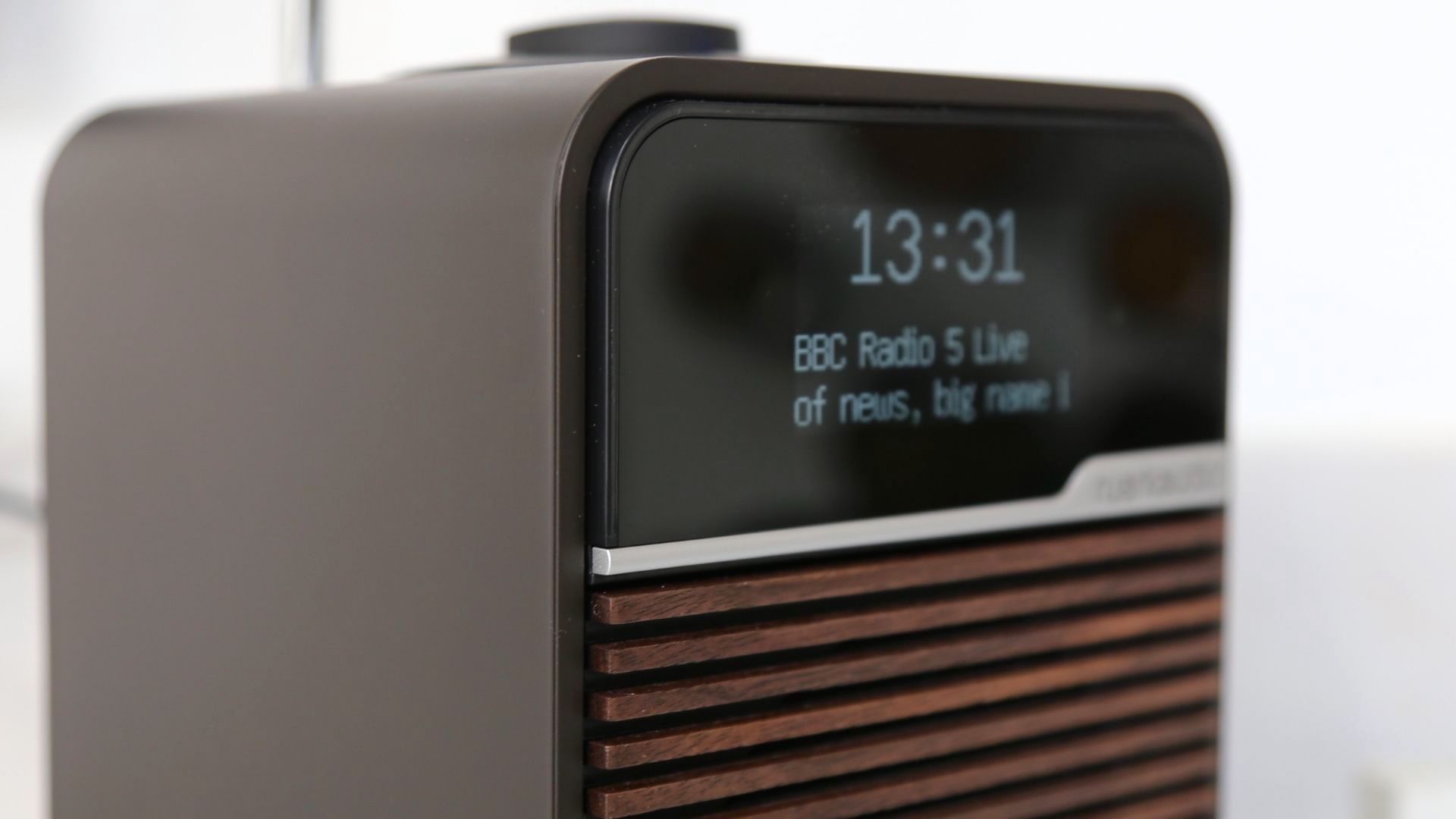
Ruark Audio R1 Mk4 design
- Light cream, espresso and ‘beach hut blue’ colours
- USB-C will charge-up smartphones, tablets and laptops
- OLED display with auto-dimming
Available in light cream and espresso colours – as well as a limited edition ‘Beach Hut Blue’ version launched in the summer of 2021 – this latest incarnation of the R1 looks a little different to its predecessors, but it’s just as striking. Measuring 175x130x135 mm and weighing 1.4kg, it’s nevertheless fairly deep and protrudes significantly when put on a kitchen side. It’s got a classic modern look of slatted wood grille and lacquered enclosure, with this version tapering to a narrower rear.
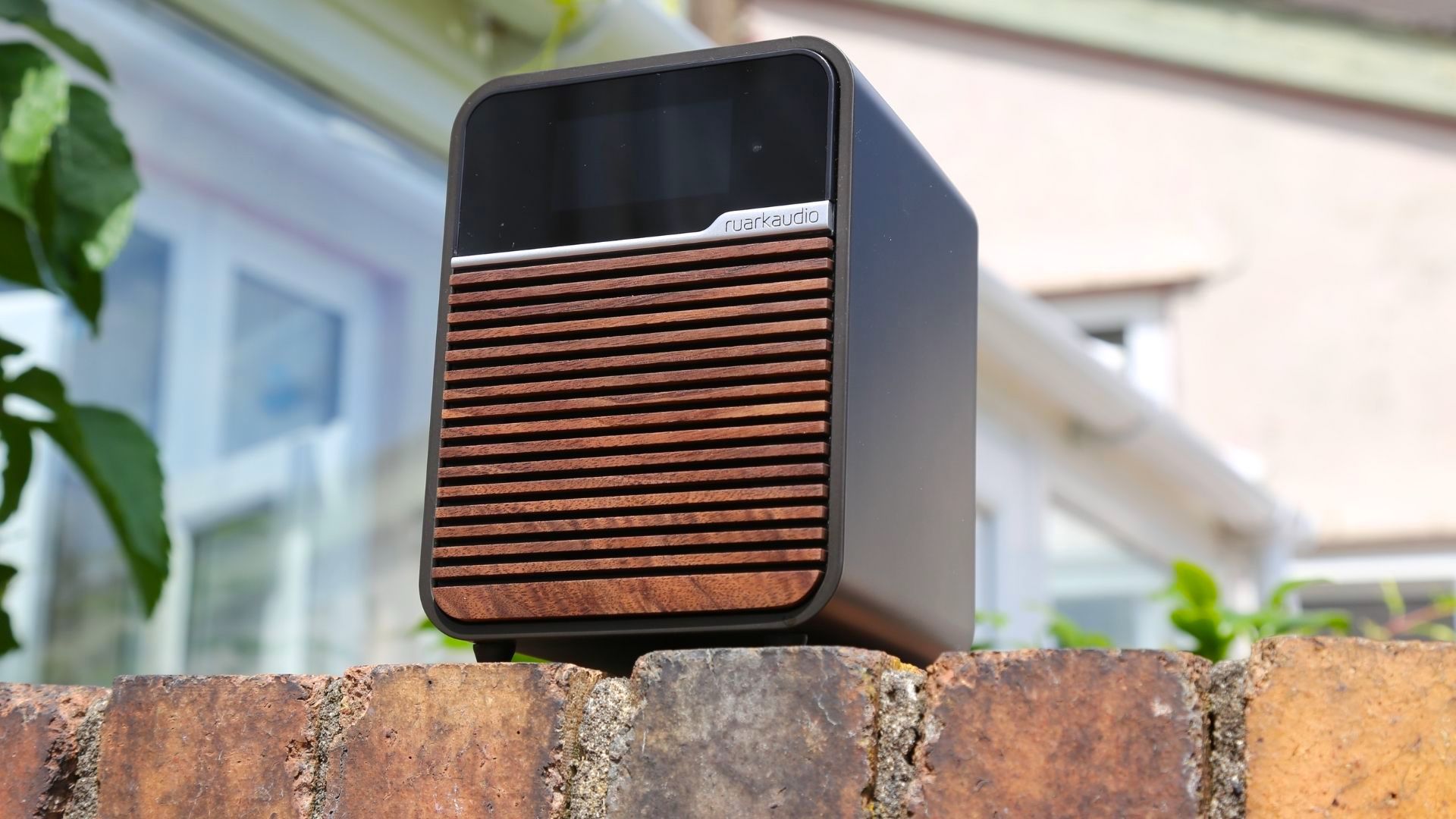
Inside is Ruark’s 75mm NaturalSound+ neodymium driver and a 9W digital amplifier while on the top is its trademark RotoDial, which acts both as the volume control and station/source selector. On the rear is a removable telescopic aerial that unfurls to a maximum of 73cm, a useful headphones jack, but also a 3.5mm auxiliary input for cabling-up a smartphone. However, what really surprised us is the inclusion back here of a USB-C slot, which can be used to charge-up a smartphone (in our tests it also charged-up an iPad and a Macbook Pro). That’s a nice touch given that bedside tables and the kitchen are often where devices need to be recharged. However, it would be handy if there was a USB-C to USB-A adaptor supplied to cater for more devices.
Don’t underestimate the R1’s excellent 2.5-inch display. It uses OLED, which means a very clear, precise and high contrast display. Crucially for anyone wanting to use the R1 on a bedside table it boasts auto-dimming so you’re not going to have your bedroom annoyingly lit-up at night. This one tiny feature alone makes it a real standout.
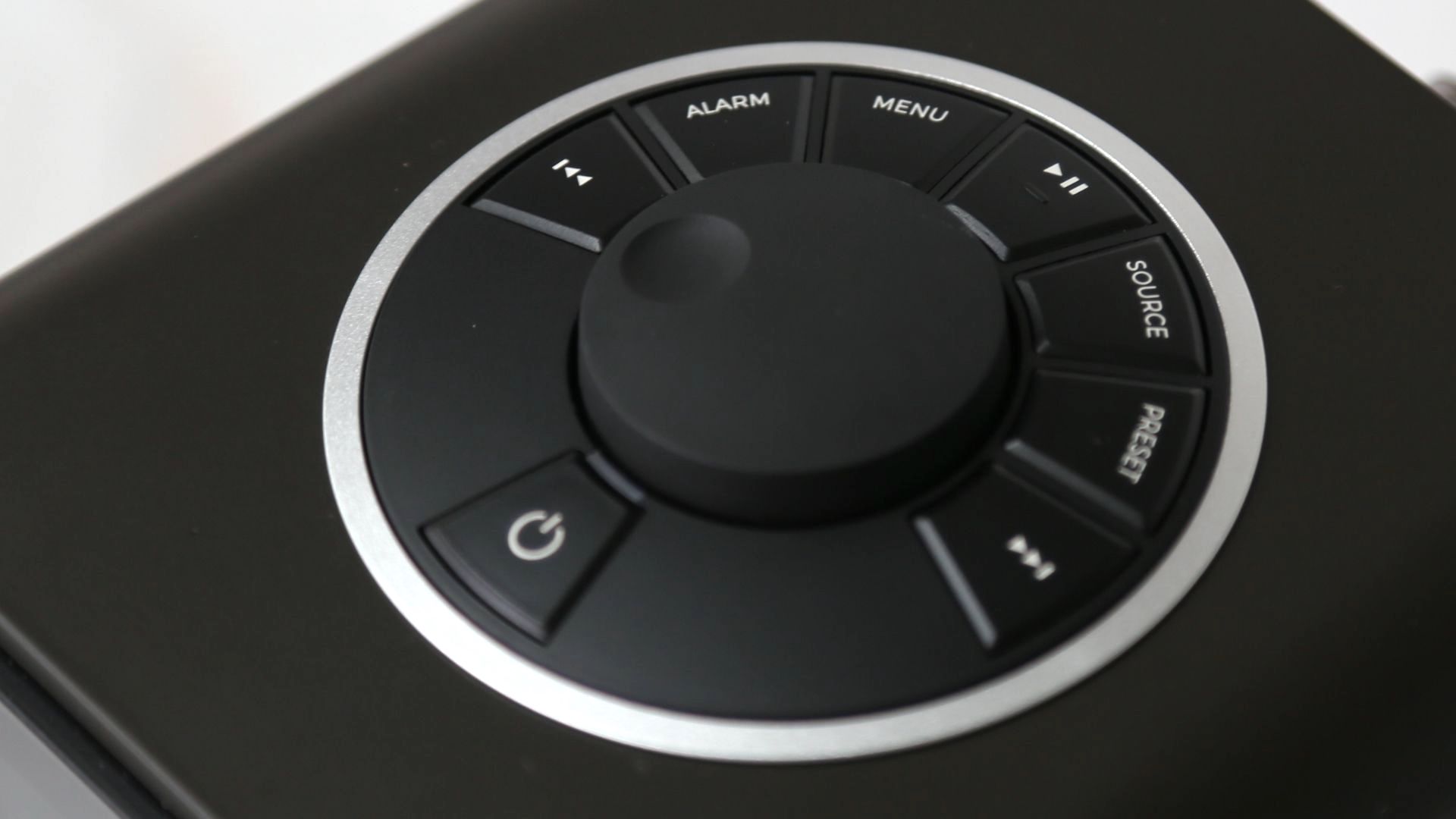
Ruark Audio R1 Mk4 setup
- RotoDial impresses
- DAB/DAB+/FM stations auto-tune quickly
- Expect to use the telescopic aerial
Using the R1, like its forebears, is all about that RotoDial. It’s flanked through 180º by seven buttons, with a further standby button at the front. You turn the dial to tweak the volume, but also to scroll through on-screen options to engage the auto-tune, find radio stations, assign preset radio stations (up to 10), set alarms, and switch between the various sources of audio (DAB, FM, Bluetooth, USB and line-in). It’s intuitive and very easy to use.
After an auto-tune we found DAB reception to be stable, albeit only with the telescopic aerial fully extended, which interrupts an otherwise immaculate aesthetic.
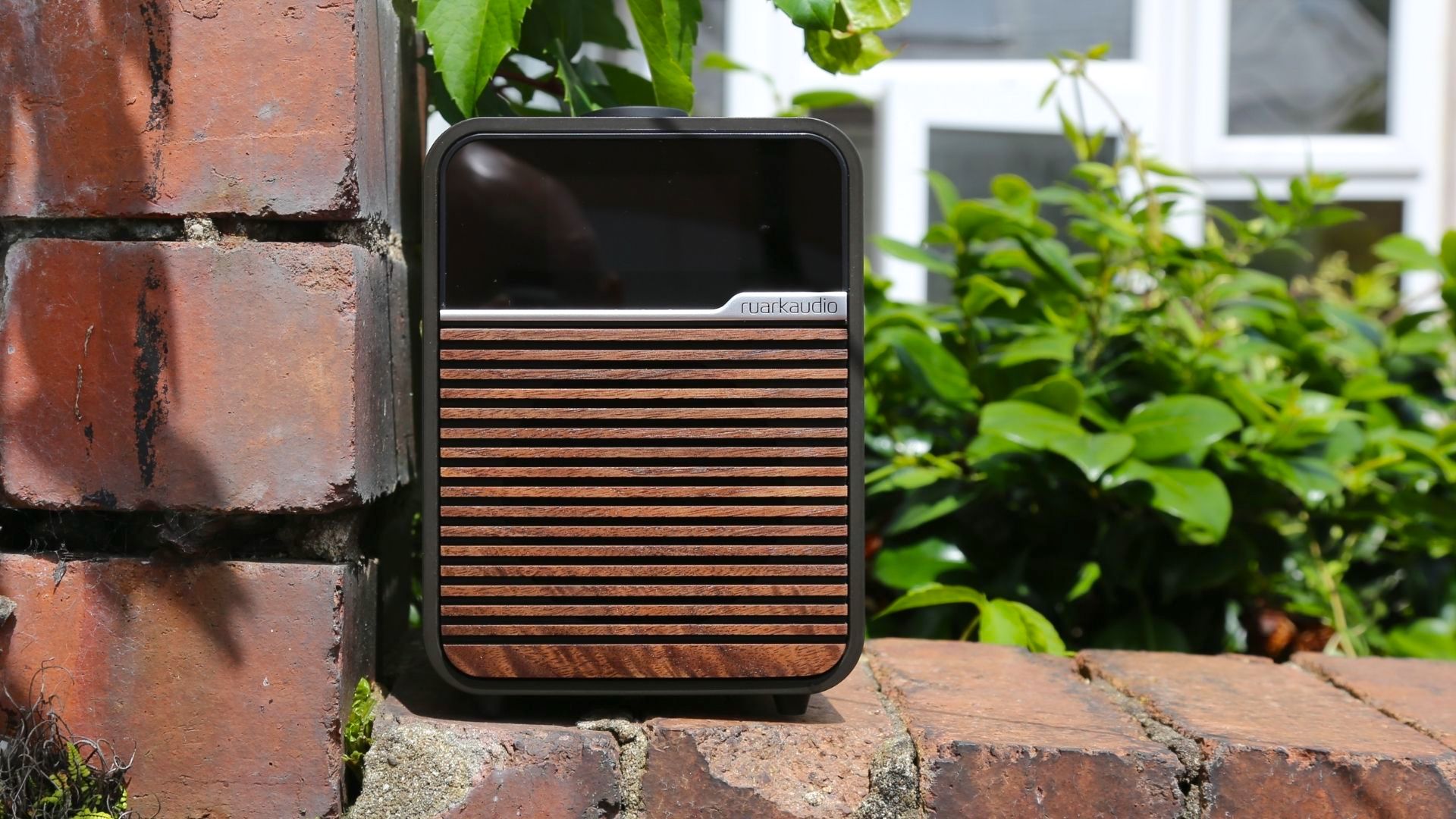
The R1’s Bluetooth receiver is also easy to set-up, with a simple selection of the R1 on a smartphone's Bluetooth devices list. During our test we got artist and track names scrolling on the R1’s OLED display when streaming from an iPhone, but from a MacBook Pro all we got was ‘unknown’.
The R1’s USB-C charge port is more disappointing. Despite the promise that it would play music from an attached smartphone, neither an iPhone or an Android smartphone were even recognised in our test. Still, the R1’s USB-C slot is useful for recharging devices while cooking or sleeping. The rear also hosts the input for the AC power adaptor, which is pretty small.
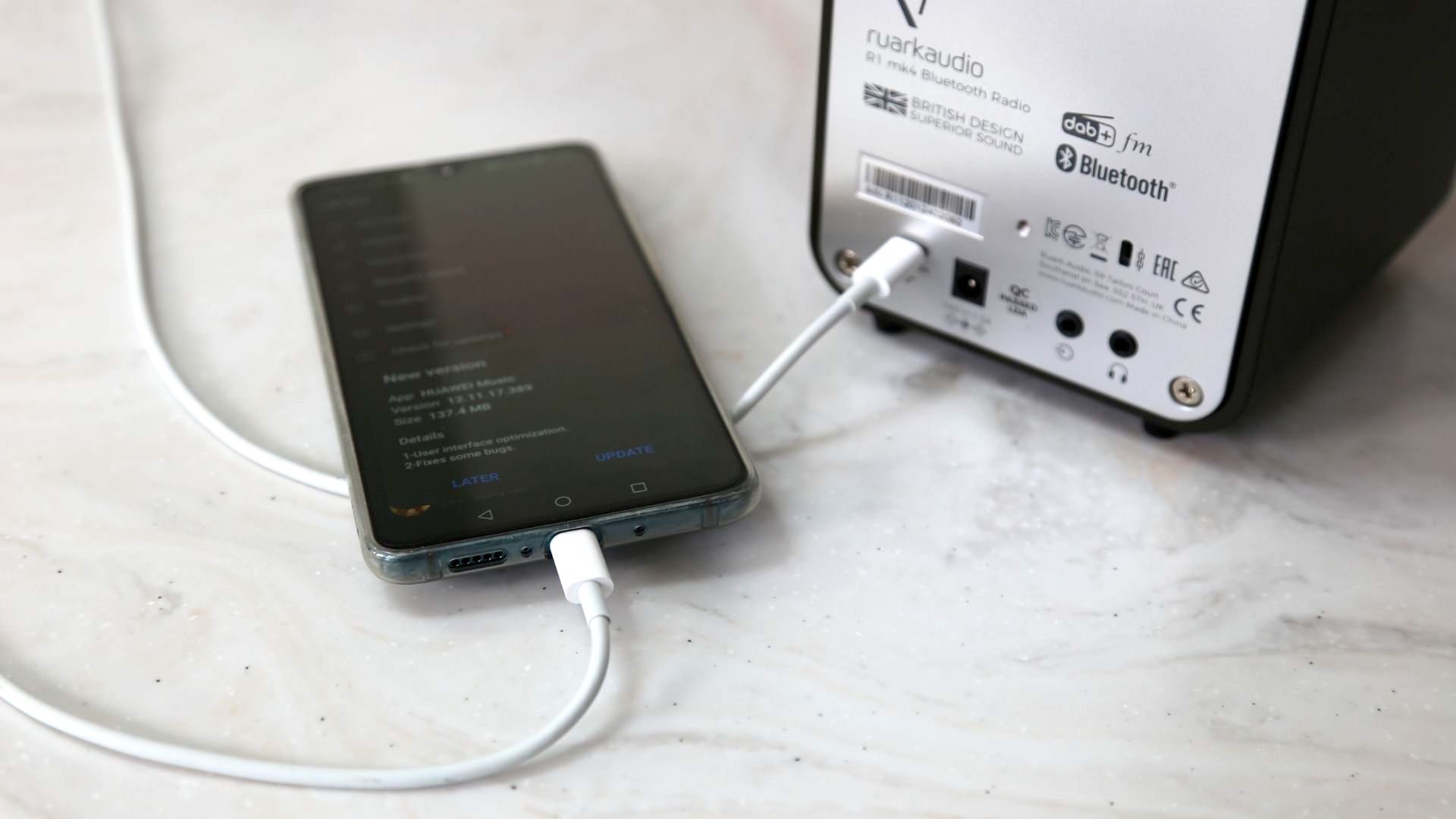
Ruark Audio R1 Mk4 audio performance
- Excellent mono sound from DAB
- Bluetooth streaming lacks volume and clarity
- AAC streaming over Bluetooth impresses
The R1 is the best-sounding one-box DAB radio around. It’s a mono speaker, so you can forget stereo sound unless you plug-in some headphones, but it’s perfectly suited to kitchens, lounges, home offices and bedrooms. It doesn’t just treat voice radio well, it gives the presenters a quality of tone that almost lends them gravitas. Warm, deep and well rounded, with crisp treble highs, you can stand anywhere in a room and hear the same reassuring sound from the R1.
For a DAB radio to add Bluetooth streaming isn’t anything new, and it continues to come with the usual caveats. Stream music to the R1 over Bluetooth from Spotify on a smartphone and the results are … acceptable. There’s a slightly muddier sound that lacks the clarity, punch and volume the R1 produces from its DAB tuner. Streaming is also quiet, particularly from a smartphone, though from a laptop it’s not much louder. We had to ramp-up the volume on the phone/laptop and also on the R1, which brings obvious problems when switching back to DAB later.
The trouble with Bluetooth streaming is that it’s lossy, so always about convenience over audio quality, though on the R1 it does depend on your source file. The R1 is primed for AAC files, and when streamed from a laptop these did sound much clearer when compared to music from Spotify from a smartphone.
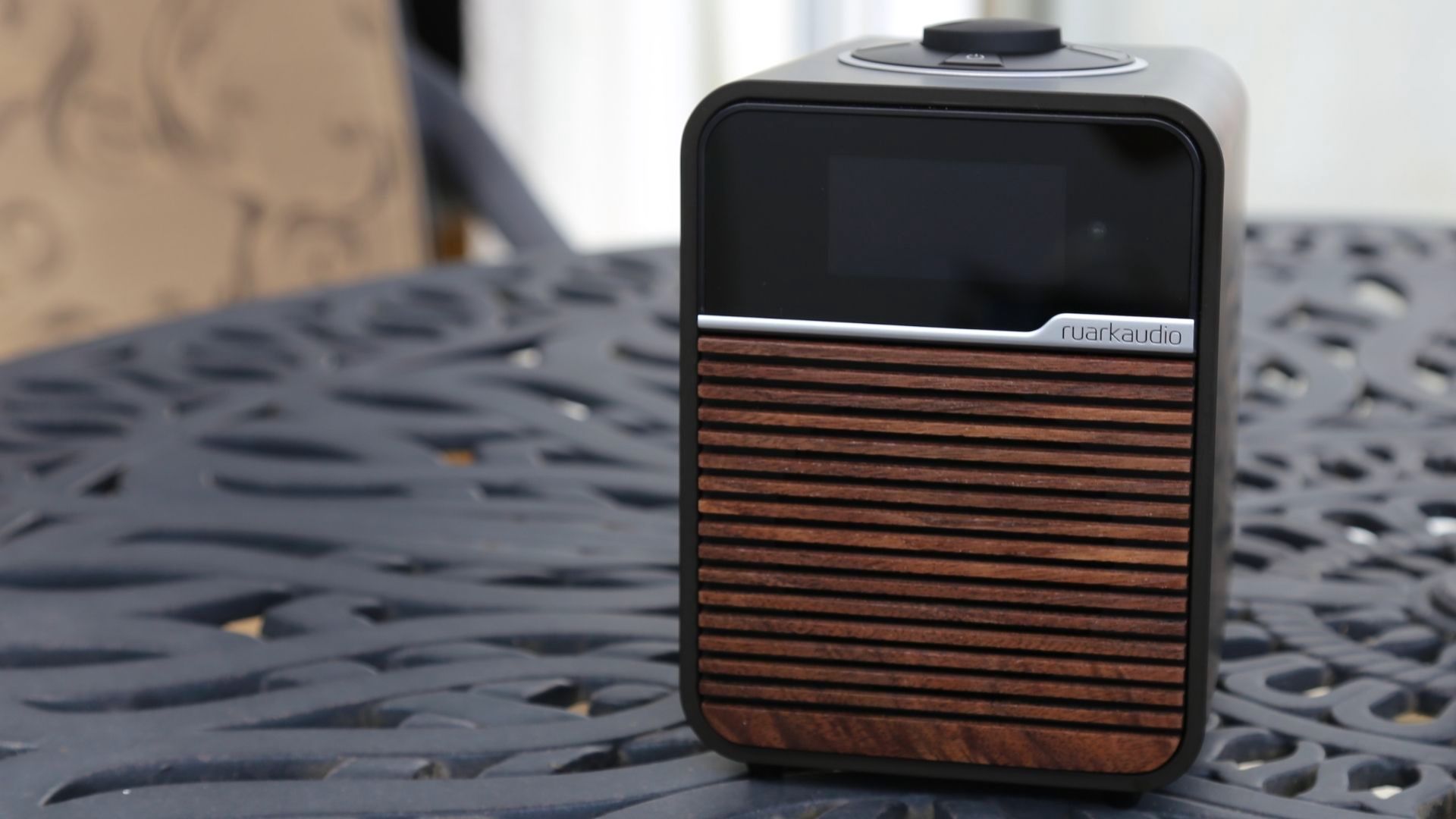
Should I buy the Ruark Audio R1 Mk4?
Buy it if...
You love voice radio
The R1’s Ruark NS+ and 9W digital amplifier supply lush, warm vocals with plenty of low frequency response. Music radio sounds great, but this mono speaker excels with voice.
You need a bedside table clock-alarm
An OLED display that auto-dims makes the R1 perfect for keeping a bedroom dark while daily, weekend, weekday and custom alarms will give you a wake-up call.
Don't buy it if...
You want a portable DAB radio
Though technically you can buy a battery pack to strap to the back of the R1, it’s best thought of as a unit to leave on a bookshelf, kitchen side or bedside table.
You want stereo sound
The R1 is a one-box unit with only a single speaker, so you’re not going to get any kind of stern imaging. However, music sounds excellent, with plenty of bass response available, and the volume goes high without distortion.
- The best DAB radios: tune in, zone out
Jamie is a freelance tech, travel and space journalist based in the UK. He’s been writing regularly for Techradar since it was launched in 2008 and also writes regularly for Forbes, The Telegraph, the South China Morning Post, Sky & Telescope and the Sky At Night magazine as well as other Future titles T3, Digital Camera World, All About Space and Space.com. He also edits two of his own websites, TravGear.com and WhenIsTheNextEclipse.com that reflect his obsession with travel gear and solar eclipse travel. He is the author of A Stargazing Program For Beginners (Springer, 2015),
